You can get all the way down to 0.01% for about $1~$2 per resistor with the Stackpole RNCF series of resistors.
If you need to achieve an absolute resistance value then averaging lots of resistors won't work. If you just need to achieve a ratio, then yes, averaging a lot of resistors in a grid can in theory improve tolerance.
But 0.005% of 75 ohms is 3.75 milli ohms.
The problem is that even if you could get a 0.005% resistor the traces on your circuit board are going to contribute much more than 3.75 mOhms of error. Standard 1oz copper on a circuit board has a resistance of 0.5mOhms per square. So a 10 mil wide by 100 mil long trace will contribute 5 mOhms of copper resistance to your circuit. All the traces, wiring, solder joints, and vias together might contribute much more.
Even if you accounted for the trace resistances by careful layout; copper has a very high temperature coefficient (like 0.393% per degree C) so the resistance value is going to drift a lot with temperature. Also, once you run current through your 75 ohm resistor, its value is going to drift also with temperature (but not as much as the copper).
Additionally the thickness of copper on a PWB also has a lot of tolerance in it.
Basically your only option is to use a resistor close to 75 ohms (like 73.2) and then use a small trimmer potentiometer (like 5 ohms). Make sure to use a multi-turn trim pot so you can make fine adjustments.
To actually make the adjustments with the potentiometer you may need to add some test points on the board for you to make a precision resistance measurement. The location of the test points is critical because the value will change based on how many traces the measurement goes through.
Secondly since the board copper, the trim pot, and the actual resistor will all drift with temperature; you may need to keep the board in a controlled temperature environment. Usually this is done by enclosing the circuit in a box with a heating element to regulate the temperature. The trimming measurement and pot adjustment would need to be done while the board is at the correct regulated temperature.

